☞puyukanyu☜ Feng shui knowledge series (06) - Dragon Cave
2016-12-28

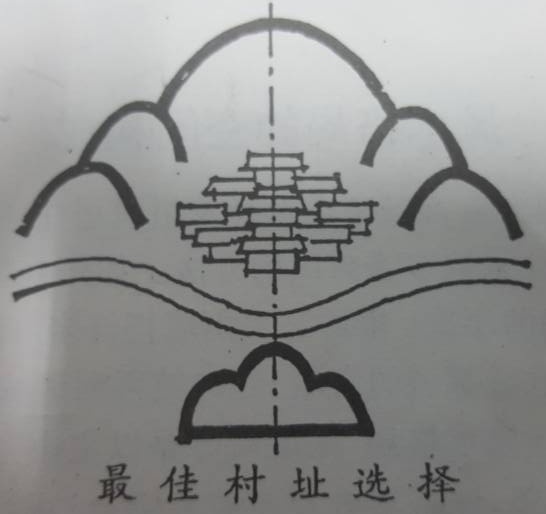
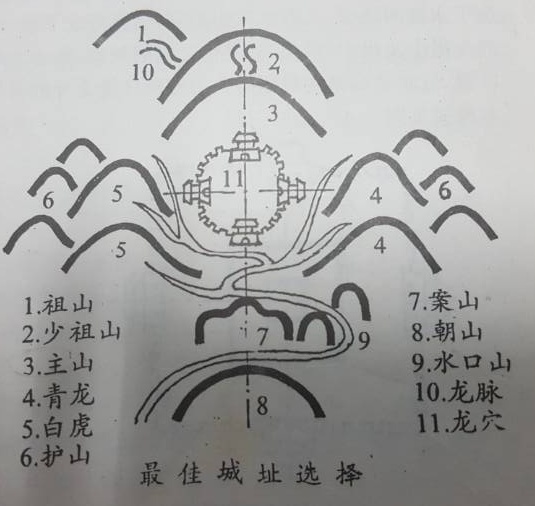
In the classification of Feng Shui, the situation sect is of greater significance to the location of living environment. What is the traditional Feng Shui pattern in China? First of all, the Dragon Cave is the most auspicious place and the origin of happiness. If homes, villages and cities are located in the Dragon Cave, they can benefit future generations. Where are the Dragon caves? Ancient Chinese scholars (intellectuals, officials and Mr. Feng Shui, etc.) have such a picture in their minds as "left green dragon, right white tiger, front rosefinch and rear Xuanwu". The Dragon Cave is in the middle. In short, the location of the Dragon Cave is a place with negative Yin and Yang, facing south and back to north, with a pond in front, mountains behind, roads on the left and rivers on the right. It is also a good place to camp and prevent natural risks in the northern hemisphere (simple materialist view of nature). Therefore, many villages and ancient cities follow this theory. The following example is Hancheng, Shaanxi, where the story of Zhao‘s orphans took place and Sima Qian‘s hometown. The ancient city still exists. The entire Feng Shui pattern is completely selected according to feng shui theory. The last tiger map is a record of the urban Feng Shui pattern. It is well understood that the Sanshui river of the city is very important, so the power of the white tiger is more important. Interested partners can study the ancient city of Beijing, the county seat of Shanghai and the ancient city of Suzhou according to this theory, so as to deeply understand the basic core theory of China‘s urban planning. So why are a bunch of animals (green dragon, white tiger, rosefinch, Xuanwu) that do not exist or are fabricated around the Dragon Cave? Let‘s see the next story.
-

☞puyukanyu☜ Feng Shui Tips (02) - what is Feng Shui
Guan‘s geography refers to Mongolia: "all things are born to take advantage of the Qi of heaven an..
2016-10-22 Read Acticles > -
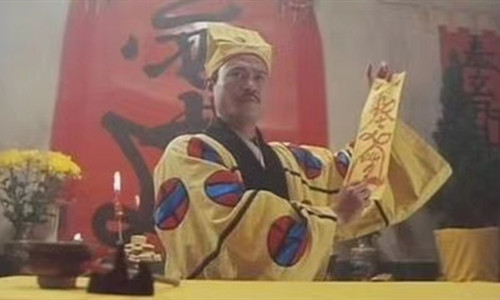
☞puyukanyu☜ Feng shui knowledge series (03)
Feng Shui is divided into shape method (situation school), Li method (Li Qi school), Japanese meth..
2016-11-12 Read Acticles > -
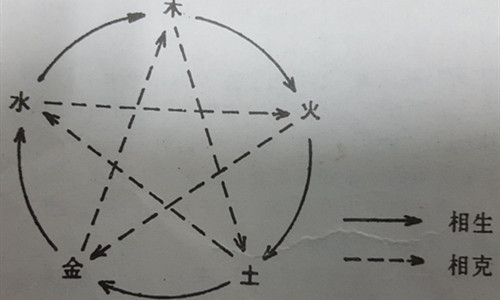
☞puyukanyu☜ Feng Shui small knowledge series (04) - basic principles of Feng Shui
Feng shui knowledge series (04) - basic principles of Feng Shui: the last article talked about the..
2016-12-12 Read Acticles > -
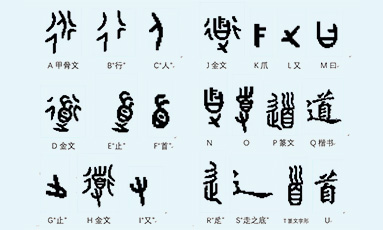
☞puyukanyu☜ Feng Shui small knowledge series (05) - Feng Shui and Chinese traditional philosophy
Feng Shui small knowledge series (05) - Feng Shui and Chinese traditional philosophy. The ancients..
2016-12-25 Read Acticles >
